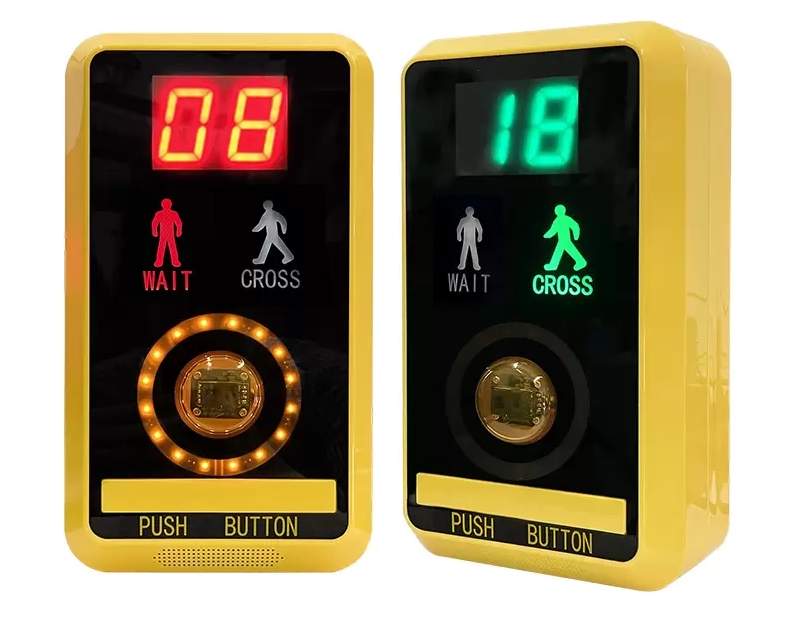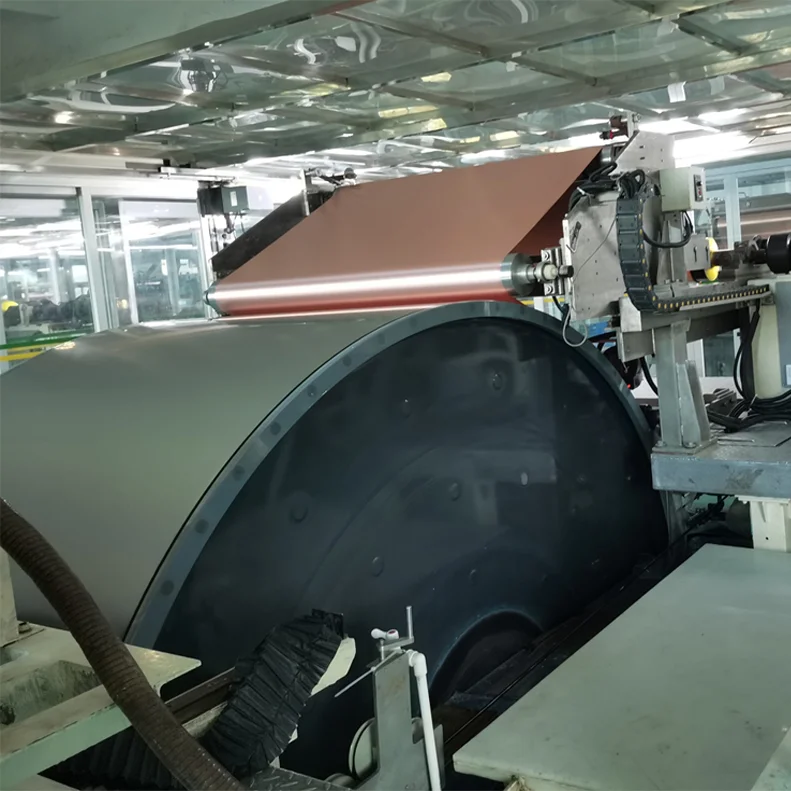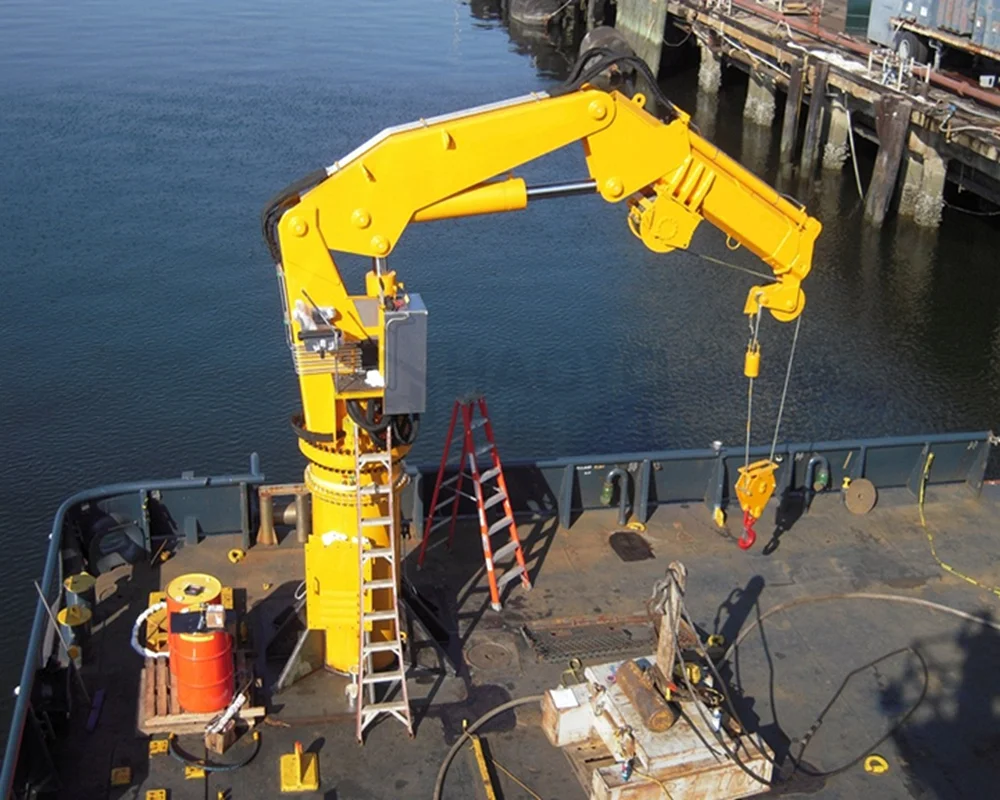When it comes to operating vehicles on public roads, understanding the regulations surrounding Commercial Driver's Licenses (CDLs) is crucial for both aspiring drivers and seasoned professionals. While CDLs are necessary for operating larger and more complex vehicles, many individuals may not realize that there are numerous vehicles they can legally drive without obtaining a CDL. This article aims to provide a detailed overview of the types of vehicles exempt from CDL requirements, the regulations governing these exemptions, and practical considerations for drivers.
Understanding the CDL Framework
A Commercial Driver's License is mandated by federal and state regulations for individuals who operate commercial motor vehicles (CMVs). The Federal Motor Carrier Safety Administration (FMCSA) defines a CMV as any vehicle that meets one of the following criteria:
- Weight: A vehicle with a gross vehicle weight rating (GVWR) of 26,001 pounds or more.
- Passenger Capacity: A vehicle designed to transport 16 or more passengers (including the driver).
- Hazardous Materials: A vehicle that transports hazardous materials in a quantity requiring placarding.
Given these definitions, it is essential to identify which vehicles fall outside these categories, allowing drivers to operate them without a CDL.
Vehicles You Can Drive Without a CDL
- Personal Vehicles: Most standard passenger cars, SUVs, and light trucks do not require a CDL. These vehicles typically have a GVWR of less than 26,001 pounds and are designed for personal use.
- Light Trucks and Vans: Vehicles such as pickup trucks and vans that are used for personal or non-commercial purposes and have a GVWR below the CDL threshold can be driven without a CDL. This includes vehicles used for recreational purposes, like camping or off-roading.
- Motorhomes: Many motorhomes, especially those with a GVWR under 26,001 pounds, do not require a CDL. However, larger motorhomes may fall into the CMV category, so it’s essential to check the specific weight rating.
- Trailers: If you are towing a trailer with a GVWR of less than 10,000 pounds, you can do so without a CDL, provided the combined weight of the towing vehicle and trailer remains below the CDL threshold.
- Farm Vehicles: In many states, farm vehicles used for agricultural purposes may be exempt from CDL requirements. This includes tractors and other farm machinery, as long as they are used within a certain distance from the farm.
- Emergency Vehicles: Certain emergency vehicles, such as fire trucks and ambulances, may not require a CDL for operation by designated personnel, depending on state regulations.
State-Specific Regulations
While the federal guidelines provide a framework, it is important to note that each state may have its own specific regulations regarding CDL exemptions. For instance, some states may allow drivers to operate larger vehicles without a CDL if they are used for specific purposes, such as volunteer firefighting or community service. Therefore, it is advisable for drivers to familiarize themselves with their state’s Department of Motor Vehicles (DMV) regulations to ensure compliance.
Practical Considerations for Non-CDL Drivers
- Insurance Requirements: Even if a CDL is not required, drivers should ensure they have adequate insurance coverage for the vehicle they are operating. This is particularly important for larger vehicles or those used for commercial purposes.
- Safety Training: While a CDL may not be necessary, drivers should still prioritize safety training, especially when operating larger vehicles or those with unique handling characteristics.
- Licensing and Endorsements: Some vehicles may require specific endorsements on a standard driver’s license, such as motorcycles or vehicles carrying hazardous materials. It is essential to check if any additional licensing is needed.
- Road Safety and Regulations: Regardless of the vehicle type, all drivers must adhere to traffic laws and regulations. This includes understanding weight limits, road restrictions, and safety protocols.
Conclusion
Understanding which vehicles can be driven without a CDL is essential for anyone looking to navigate the complexities of vehicle operation. From personal cars to light trucks and farm vehicles, there are numerous options available that do not require a commercial license. However, it is crucial to remain informed about state-specific regulations and prioritize safety and compliance. By doing so, drivers can enjoy the freedom of the road while adhering to the necessary legal frameworks. Whether you are a new driver or someone looking to expand your vehicle operation knowledge, this guide serves as a valuable resource in your journey.






